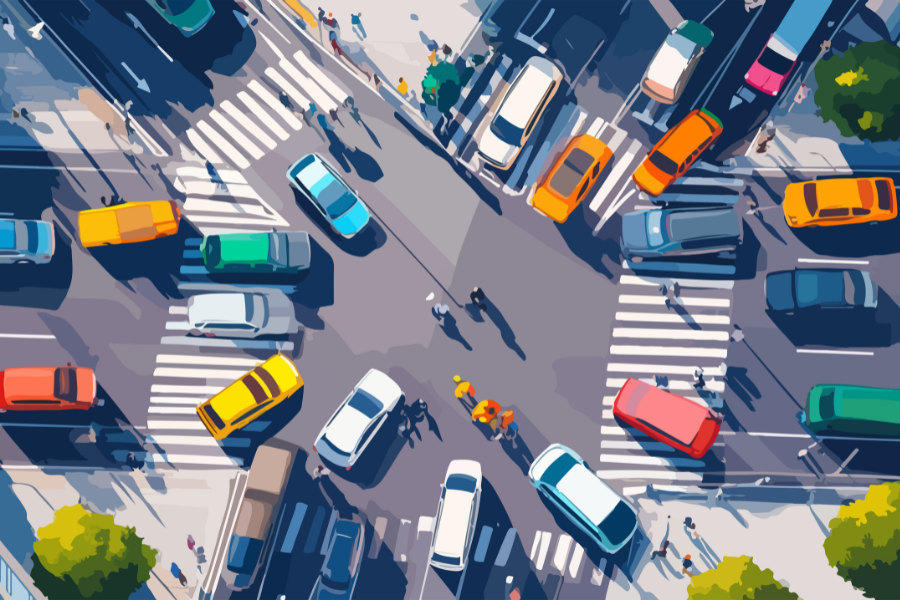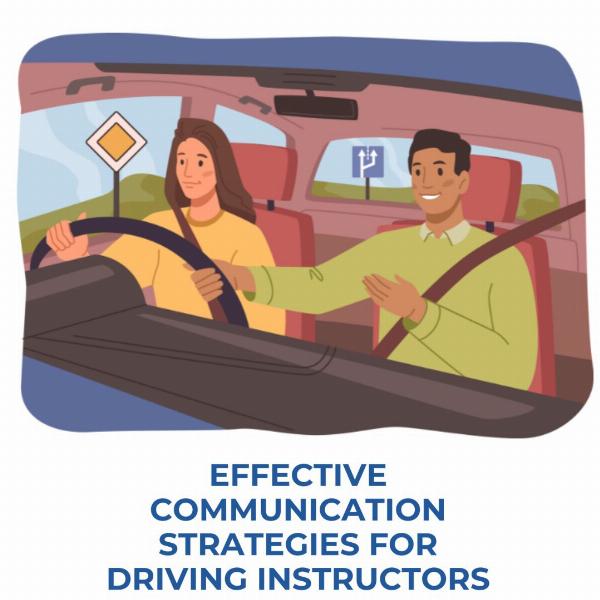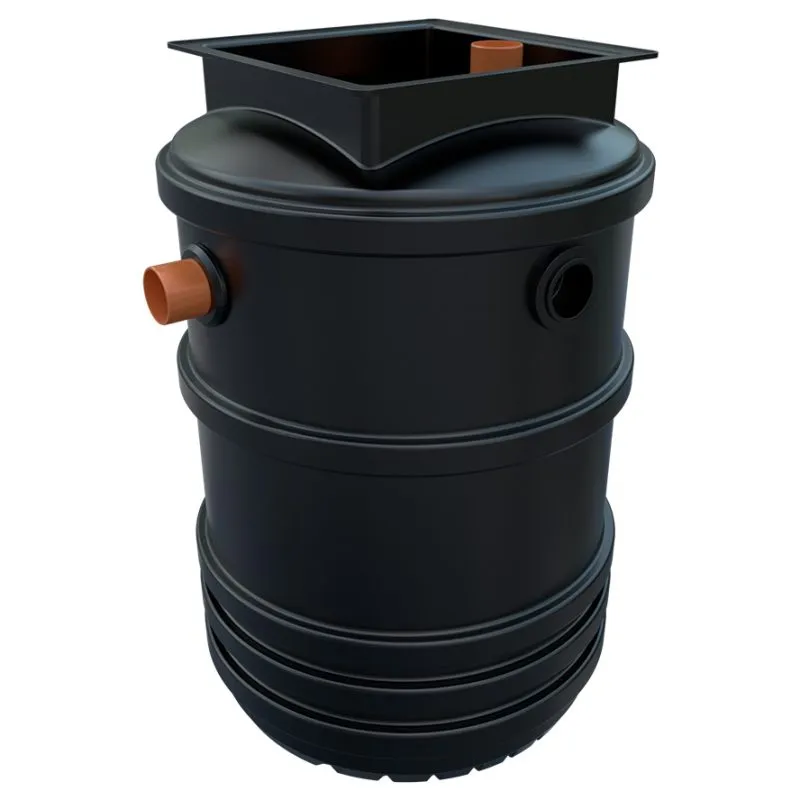Race Tracks vs Real Estate: How Developers Are Buying Out American Motorsports

Read the full story on Backfire News
 Race Tracks vs Real Estate: How Developers Are Buying Out American Motorsports
Race Tracks vs Real Estate: How Developers Are Buying Out American MotorsportsIf you’ve noticed more shopping centers where burnout boxes used to be, you’re not hallucinating. Across the U.S., drag strips, dirt ovals, and road courses are quietly vanishing—not because fans stopped showing up, but because developers showed up with fatter wallets. American motorsports is being squeezed out by a monster far more ruthless than any top-fueler: real estate.
The Profit Behind the Pavement
Let's cut the nostalgia for a second and talk hard numbers. Many tracks sit on massive plots of flat, conveniently zoned land near suburban growth corridors. To a developer, that’s not a venue—it’s a blank check. In cities where housing is in “crisis,” any large plot of land not being used to cram in condos or strip malls is a missed opportunity.
Take Atlanta Dragway. NHRA sold the 318-acre facility in 2021 after more than 60 years of operation. The buyer? A development firm reportedly planning an industrial complex. “It’s just business,” said NHRA brass, likely while swimming through a pool of cash like Scrooge McDuck.
Noise Complaints: The Convenient Excuse
Every time a racetrack closes, you’ll hear the same refrain: “residential complaints.” And sure, there’s some truth there. Nobody likes sleeping next to a nitro-methane symphony. But let’s be honest—those complaints don’t usually surface until after the developer builds a neighborhood right next to the track.
In some cases, this is strategic. Develop the land, build the homes, let the homeowners complain, and pressure the local government to revoke permits or restrict operations. Then the track gets strangled by noise ordinances, and guess who’s waiting with a “fair market value” offer?
Local Governments: Partners in Crime
You’d think local officials might protect venues that bring tourism, revenue, and culture to a community. Think again. Politicians love ribbon cuttings. It’s a lot more glamorous to announce a new distribution center or suburban tech campus than to stand next to a tire wall and talk about heritage.
Motorsports rarely gets tax breaks or incentives. Developers do. So when it comes time to “revitalize” an area, the track is the first thing on the chopping block.
Who Wins? Not You
The big winners? Developers, obviously. National chains. Corporate landlords. Maybe the town gets some new property tax revenue, maybe not. The racers? They get nothing but a longer drive to the next legal track—if there even is one.
And the fans? We’re just supposed to get over it. Trade the scent of burnt rubber for faux artisan coffee and yet another Planet Fitness.
The Bigger Consequence: Nowhere Left to Race
This isn’t just about nostalgia. It’s about infrastructure. Take away legal venues, and people will find alternatives. Uncontrolled ones. Street takeovers are skyrocketing, and media outlets love to lump every car enthusiast into the same crowd. But they’re not the same—and part of the reason chaos is winning is because structure is losing.
Can It Be Stopped?
Kind of. Maybe. But it requires effort. Tracks need to own their land, rally their communities, and make themselves politically valuable. Fans need to show up, not just comment angrily when a closure is announced. And local governments? They need to stop chasing every shiny development deal like it’s the last golden ticket.
Until then, the real race isn’t on the quarter mile. It’s between bulldozers and burnout boxes—and we’re losing.













